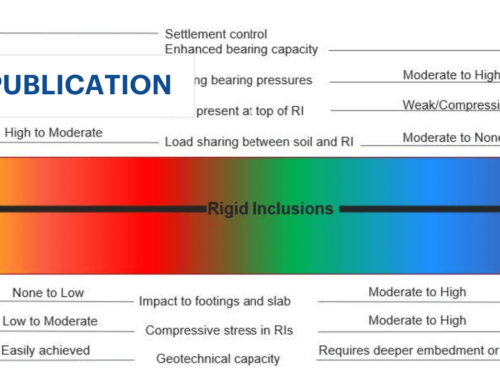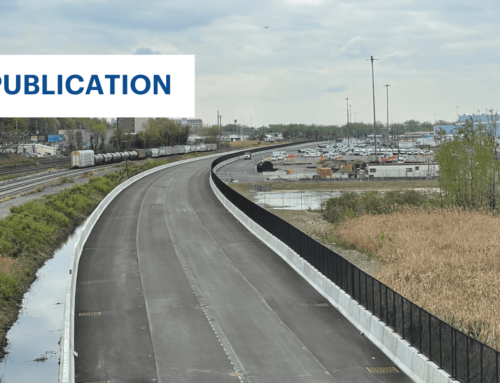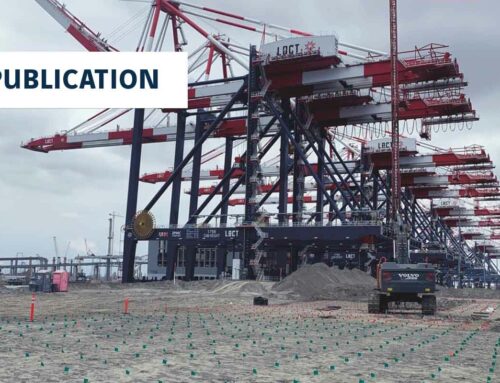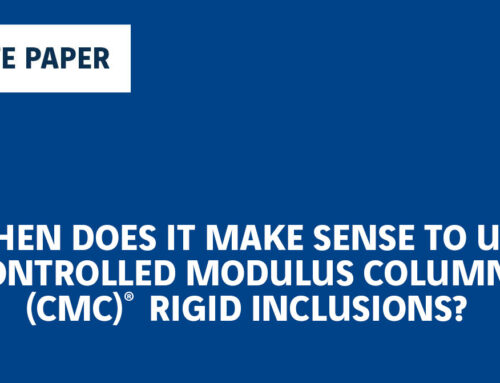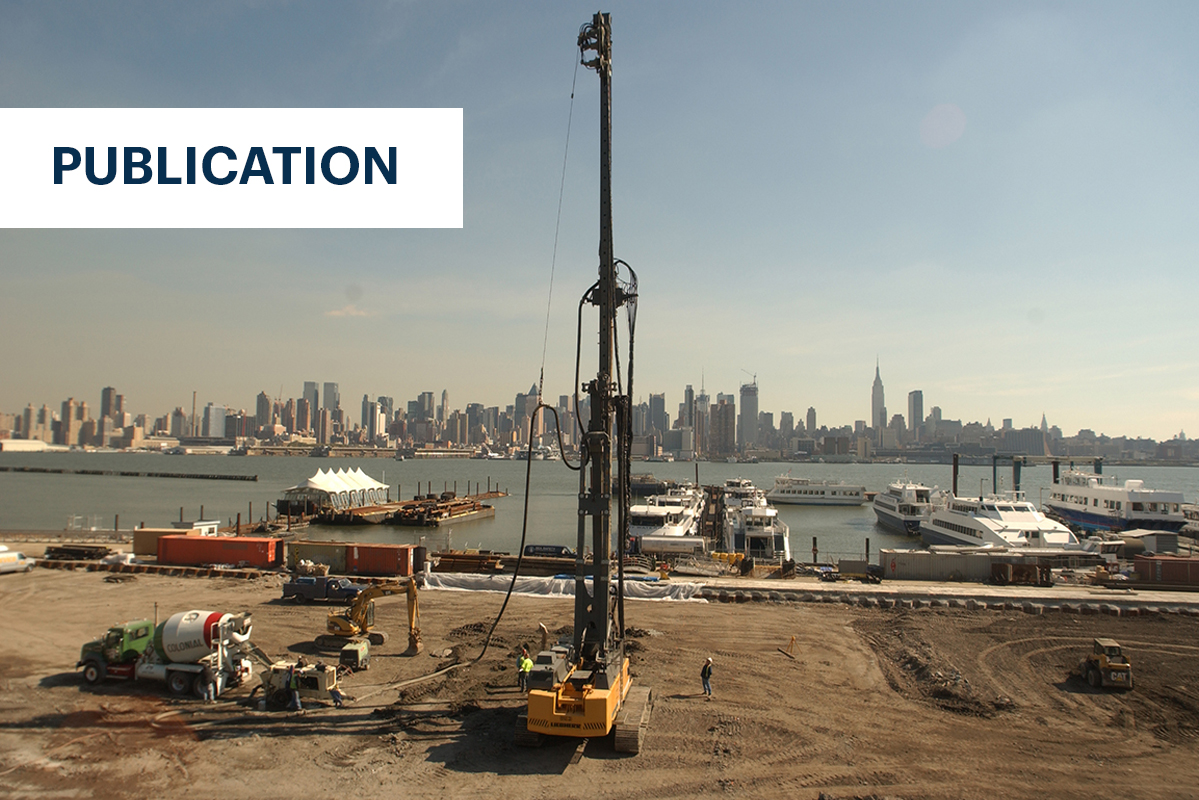
Ground Improvement Technologies for a Sustainable World
Charles Spaulding, P.E., M. ASCE, Frederic Masse, M. ASCE and Justin LaBrozzi, E.I.T., M. ASCE
*Originally presented at the 2008 ASCE GeoCongress proceedings and later published in ASCE Civil Engineering Magazine
In an effort to assess the carbon footprint for a range of geotechnical construction methods, several case studies were selected where a conventional deep foundation technique was compared to a ground improvement alternative. The case studies are: improvement of an uncontrolled fill using Dynamic Compaction versus excavation, replacement and compaction in-place; installation of a driven pile foundation under a structural slab compared to the use of controlled modulus columns (CMC)® rigid inclusions under a slab-on-grade for a residential townhouse development; and the installation of a cement bentonite cut-off wall compared to a Soil-Bentonite wall.
Each technology’s carbon footprint was analyzed using recognized carbon emissions calculation tools and values both for direct and indirect emissions. The authors have found that, in all cases, ground improvement technologies were not only more cost effective but also did significantly reduce the carbon footprint during the project construction phase; in two applications the reduction of carbon footprint was the result of the use of more ‘carbon-efficient’ construction materials, such as slag/flyash mixes or even recycled materials from site; in the remaining case, engineering the existing fill by Dynamic Compaction simply proved to be a much better use of resources.
Download full article:

